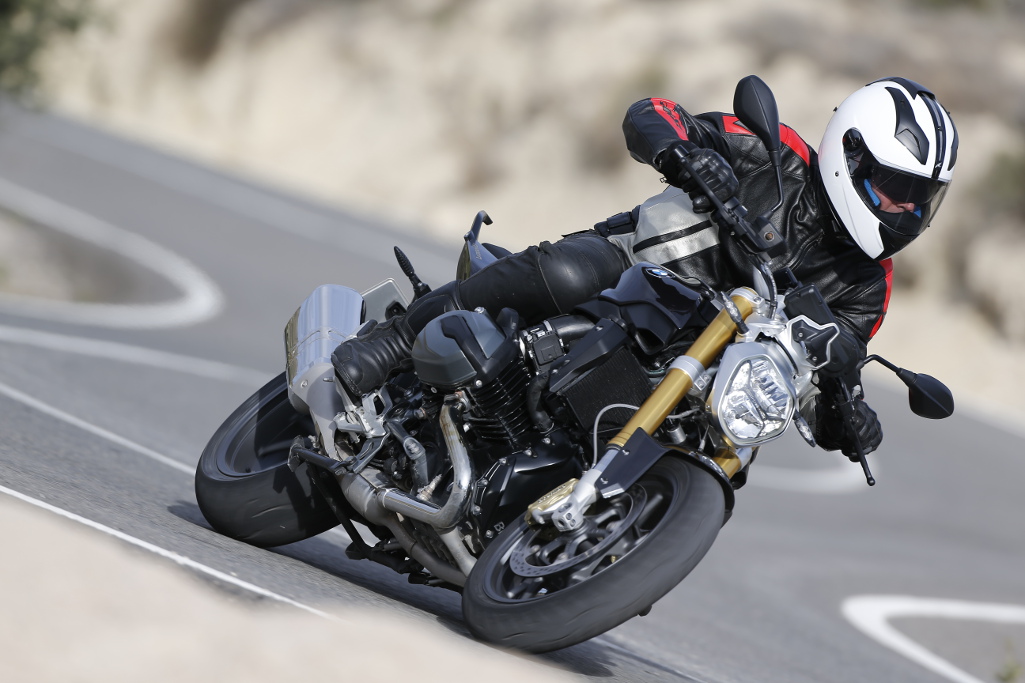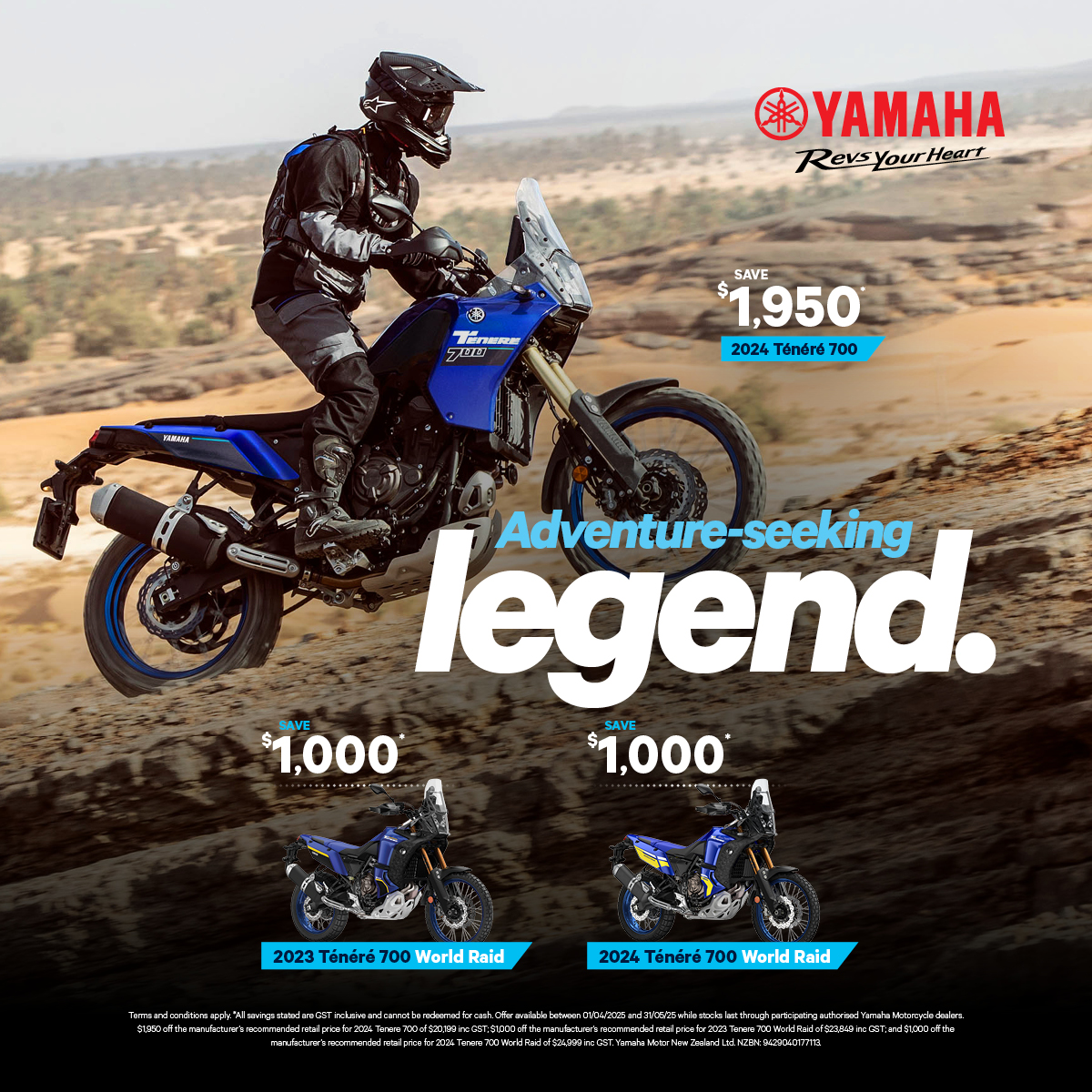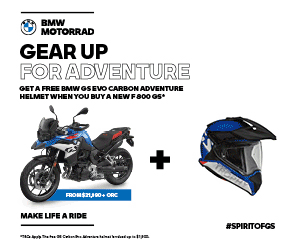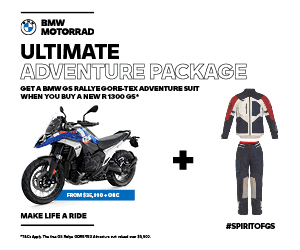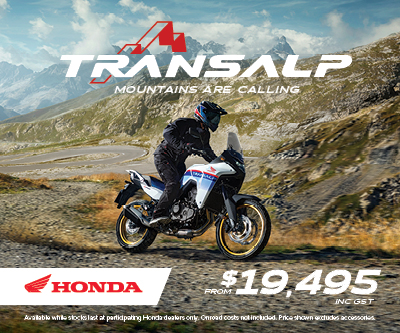Why is it that we are told to take it easy with our brand new tyres for the first couple of hundred kays? Let’s get into the nitty gritty…
Words: Mat
So you’ve just ordered a new set of hoops for your bike and you’re itching to hit the road, but unless you want to be sliding down it on your ass, there are a few things to keep in mind before attacking the road with vigour.
Why are motorcycle tyres slippery when new?
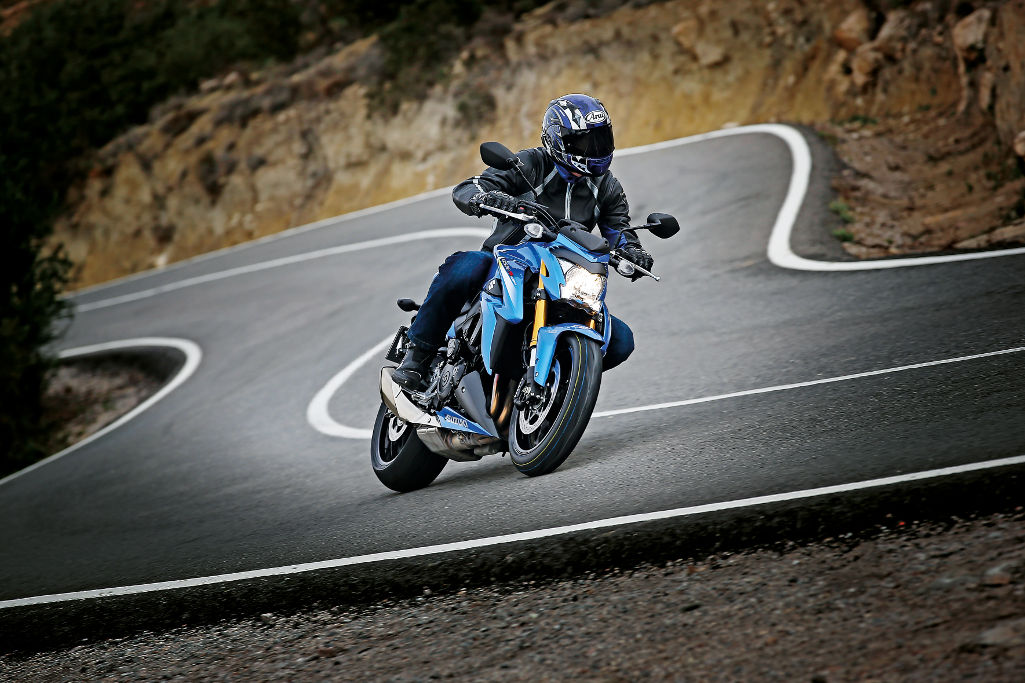 Because tyres are made in a mould, it used to be the norm for manufacturers to inject chemicals around the tyre in order to cleanly extract it. While all manufacturers now use Teflon lined moulds (the same stuff as used in your non-stick frying pan) which has seen the number of chemicals reduced greatly, they are still used, in particular on the tyre sidewalls where stamping of branding, tyre size, and ratings need to be razor sharp. As a result, the rubber of the tyre comes out of the mould with a slippery texture that requires you to ‘scrub in’ your tyres before you can get the most out of them, but the term ‘scrub in’ itself is the misleading thing. What you actually need to do is get some heat cycles into your tyres to get them to operate properly, and it’s this that usually needs to be done with care. Continental are one of the only brands to really address this problem, releasing their ‘Traction Skin Technology’ with the RoadAttack 2. The process they use not only means there are no releasing agents during the manufacture process, but they’ve introduced a micro-rough tread surface which apparently makes them good to go from the off.
Because tyres are made in a mould, it used to be the norm for manufacturers to inject chemicals around the tyre in order to cleanly extract it. While all manufacturers now use Teflon lined moulds (the same stuff as used in your non-stick frying pan) which has seen the number of chemicals reduced greatly, they are still used, in particular on the tyre sidewalls where stamping of branding, tyre size, and ratings need to be razor sharp. As a result, the rubber of the tyre comes out of the mould with a slippery texture that requires you to ‘scrub in’ your tyres before you can get the most out of them, but the term ‘scrub in’ itself is the misleading thing. What you actually need to do is get some heat cycles into your tyres to get them to operate properly, and it’s this that usually needs to be done with care. Continental are one of the only brands to really address this problem, releasing their ‘Traction Skin Technology’ with the RoadAttack 2. The process they use not only means there are no releasing agents during the manufacture process, but they’ve introduced a micro-rough tread surface which apparently makes them good to go from the off.
What not to do with brand new tyres
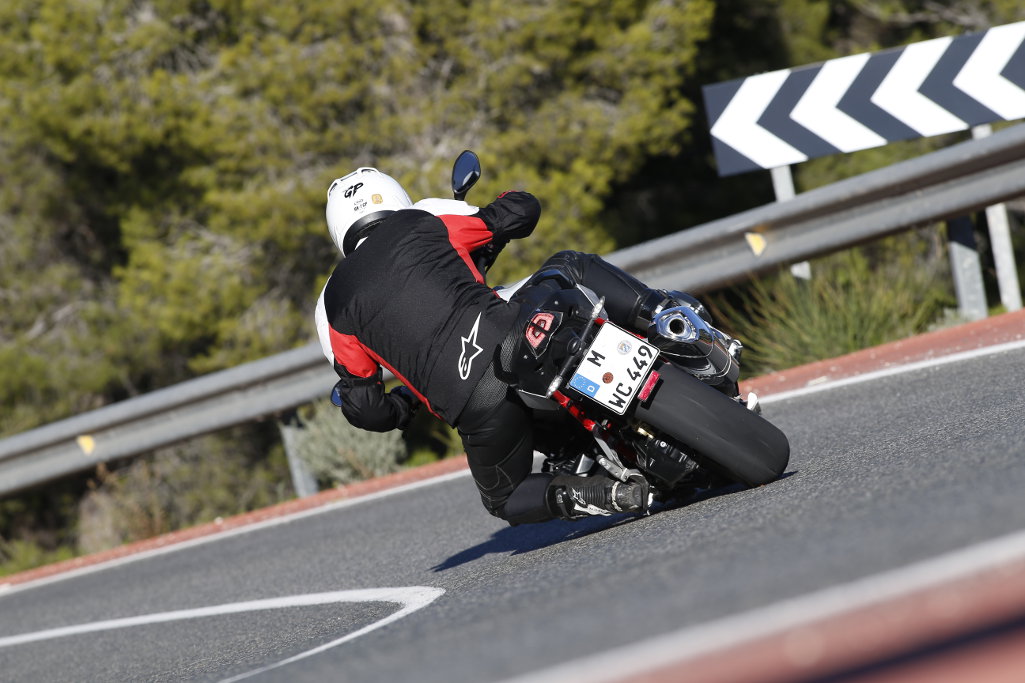
So, the first thing you’ll likely hear when you’ve got a new set of hoops on your bike is that you should go easy for the first couple of hundred kays. This is no BS by the tyre shop to avoid liability, but sound advice.
As we mentioned above, your shiny new tyres will have a lot of chemical residue to work out before they really stick to the pavement as they were designed to do. No, you don’t want to attack them with sandpaper or chemicals to try and get rid of the shine! To get this residue out of your tyres you need to get heat into them, that’s one reason why racers keep their tyres wrapped with tyre warmers pre-race, the other being that a warmer tyre is a stickier tyre. While that is a realistic option for bike racers, it isn’t going to work for those of us on the road (though bike shops in theory could wrap our tyres in warmers before we return for our bikes), so there are a few things we need to avoid doing to make sure the bike doesn’t slip out from under us.
One of the most pointless exercises you’ll see riders doing is weaving in a vain attempt to scrub in their tyres faster. Remember, you’re not trying to get rid of the shiny surface, what you want is to generate heat, which is done most effectively by clocking off kays. Weaving not only isn’t effective on the road, but is also dodgy as all sin. Heavy throttle and hard lean angles are also a no-no. While applying a wristful of throttle and going hard on the brakes will put more heat into tyres, doing so can still be dangerous.
So what can I do then?
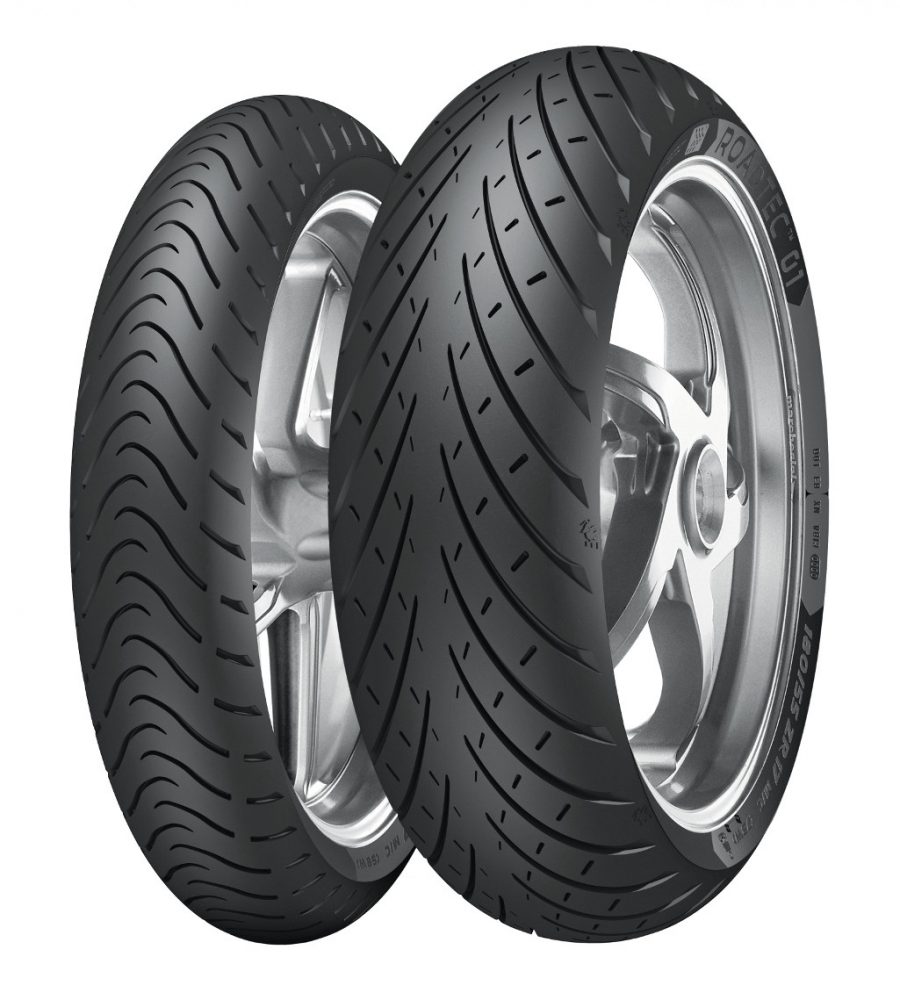 It does seem that there are a lot of don’ts and very few dos in this how to guide, doesn’t it? The thing with tyres is that they are such an important factor to the safety of a motorcycle on the road, it just isn’t worth taking any shortcuts to scrubbing in your tyres. The best practice has, and likely always will be to dial back the enthusiasm and take it easy for 100-200km. Give yourself more room to manoeuvre as you’ll have longer stopping distances with slippery tyres and be extra vigilant for hazards. As you ride and the tyres generate heat in them, you’ll feel through the bike that you’re getting more grip and you can progressively get back to riding as you normally do. So taking it easy and building up is the name of the game.
It does seem that there are a lot of don’ts and very few dos in this how to guide, doesn’t it? The thing with tyres is that they are such an important factor to the safety of a motorcycle on the road, it just isn’t worth taking any shortcuts to scrubbing in your tyres. The best practice has, and likely always will be to dial back the enthusiasm and take it easy for 100-200km. Give yourself more room to manoeuvre as you’ll have longer stopping distances with slippery tyres and be extra vigilant for hazards. As you ride and the tyres generate heat in them, you’ll feel through the bike that you’re getting more grip and you can progressively get back to riding as you normally do. So taking it easy and building up is the name of the game.

